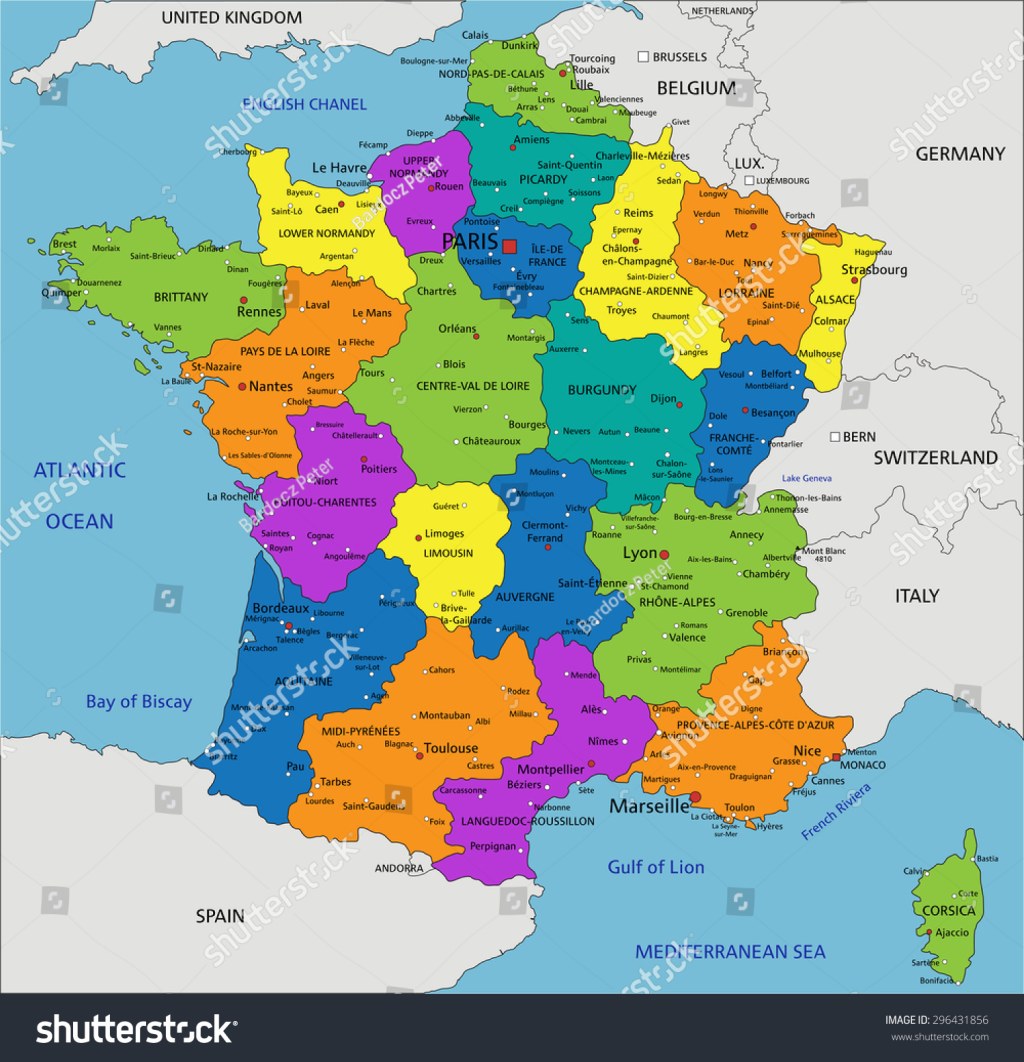France Political Boundaries: A Comprehensive Overview
Greetings, Readers! In this article, we will delve into the intriguing world of France’s political boundaries. As a country rich in history and culture, France’s political landscape has undergone significant changes over the years. Understanding these boundaries is essential for comprehending the country’s governance and administration. So, let’s embark on this informative journey and explore the nuances of France’s political boundaries.
Introduction
France, officially known as the French Republic, is a country situated in Western Europe. It shares its borders with several countries, including Belgium, Luxembourg, Germany, Switzerland, Italy, Spain, and Andorra. France’s political boundaries encompass not only its mainland but also numerous overseas territories scattered across the globe.
🌍 Did you know? France has the largest territory in the European Union and is known for its diverse landscapes ranging from picturesque coastlines to majestic mountains.

Image Source: shutterstock.com
France is a unitary semi-presidential republic. Its political system is characterized by a strong central government with significant power vested in the President. The French Parliament consists of two chambers – the National Assembly and the Senate, which play a pivotal role in the country’s legislative process.
🏛️ Fun Fact: The French political landscape is influenced by the principles of liberty, equality, and fraternity, which are deeply ingrained in the country’s history and culture.
What are France’s Political Boundaries?
The political boundaries of France refer to the demarcation lines that separate the country from its neighboring nations and overseas territories. These boundaries are defined and recognized by international agreements, treaties, and historical agreements.
🚧 Mainland France: The mainland of France is bordered by eight countries. To the northeast, France shares its border with Belgium, stretching across approximately 620 kilometers. In the east, France is bounded by Germany, with a border extending over 451 kilometers. To the southeast, France shares its border with Switzerland, spanning about 573 kilometers. Italy forms the southeastern border of France, with a boundary length of approximately 476 kilometers. In the southwest, France is bordered by Spain, extending across around 623 kilometers. France’s southwestern coast is also defined by the Bay of Biscay and the Atlantic Ocean. Finally, in the northwest, France shares its border with Luxembourg, spanning approximately 73 kilometers, and with Andorra, covering around 56 kilometers.
…
Advantages and Disadvantages of France’s Political Boundaries
Advantages:
Geographic Diversity: France’s political boundaries encompass diverse landscapes, including mountains, coastlines, and picturesque countryside, offering a rich tapestry of experiences for both residents and tourists alike.
Preservation of Cultural Identity: The political boundaries help preserve and protect France’s unique cultural heritage, allowing for the promotion of local traditions, languages, and customs.
Effective Government Administration: The clearly defined political boundaries facilitate efficient governance and administration, enabling the French government to allocate resources, implement policies, and provide essential services to its citizens.
Economic Opportunities: The strategic location and well-defined political boundaries of France contribute to its economic prosperity, enabling trade, tourism, and international cooperation.
Security and Defense: The political boundaries provide a clear framework for security measures and defense strategies, ensuring the safety and protection of both French citizens and the country’s interests.
Disadvantages:
Border Management Challenges: Maintaining security and facilitating the movement of goods and people across the political boundaries can present logistical challenges for the French government.
Border Disputes: Despite international agreements, border disputes can arise, leading to tensions between neighboring nations and potential conflicts.
Limitations on Territorial Expansion: France’s political boundaries impose restrictions on territorial expansion, limiting the country’s ability to acquire new territories.
Regional Disparities: The political boundaries may contribute to regional disparities, with some areas benefiting more than others in terms of infrastructure development, access to resources, and economic opportunities.
Migration and Immigration Challenges: The political boundaries influence migration patterns and present challenges related to immigration policies, border control, and integration of foreign populations.
Frequently Asked Questions (FAQs)
Q1: What are the historical factors that shaped France’s political boundaries?
A1: France’s political boundaries have been shaped by historical events such as wars, treaties, territorial acquisitions, and decolonization processes.
Q2: How do France’s political boundaries impact its relationship with neighboring countries?
A2: France’s political boundaries play a crucial role in determining its diplomatic relationships, trade agreements, and regional cooperation with neighboring nations.
Q3: Are there any ongoing border disputes involving France?
A3: Currently, there are no major border disputes involving France. However, occasional disagreements over maritime boundaries and territorial claims may arise.
…
Conclusion: Taking Action
In conclusion, understanding France’s political boundaries is vital for comprehending the country’s governance, history, and international relationships. By familiarizing ourselves with these boundaries, we gain insights into the diverse cultural, geographical, and political aspects that shape France’s identity.
As you continue to explore the fascinating world of France’s political landscape, consider visiting the country and experiencing its rich history, vibrant culture, and breathtaking landscapes firsthand. Let the journey of discovery begin!
Final Remarks
Disclaimer: The information provided in this article is for educational and informational purposes only. While we strive to ensure the accuracy of our content, we make no representations or warranties of any kind, express or implied, regarding the completeness, accuracy, reliability, suitability, or availability of any information contained herein. Any reliance you place on such information is strictly at your own risk.
Remember to always consult official sources and conduct thorough research when seeking detailed information about France’s political boundaries or any related topics.
Thank you for joining us on this enlightening journey!